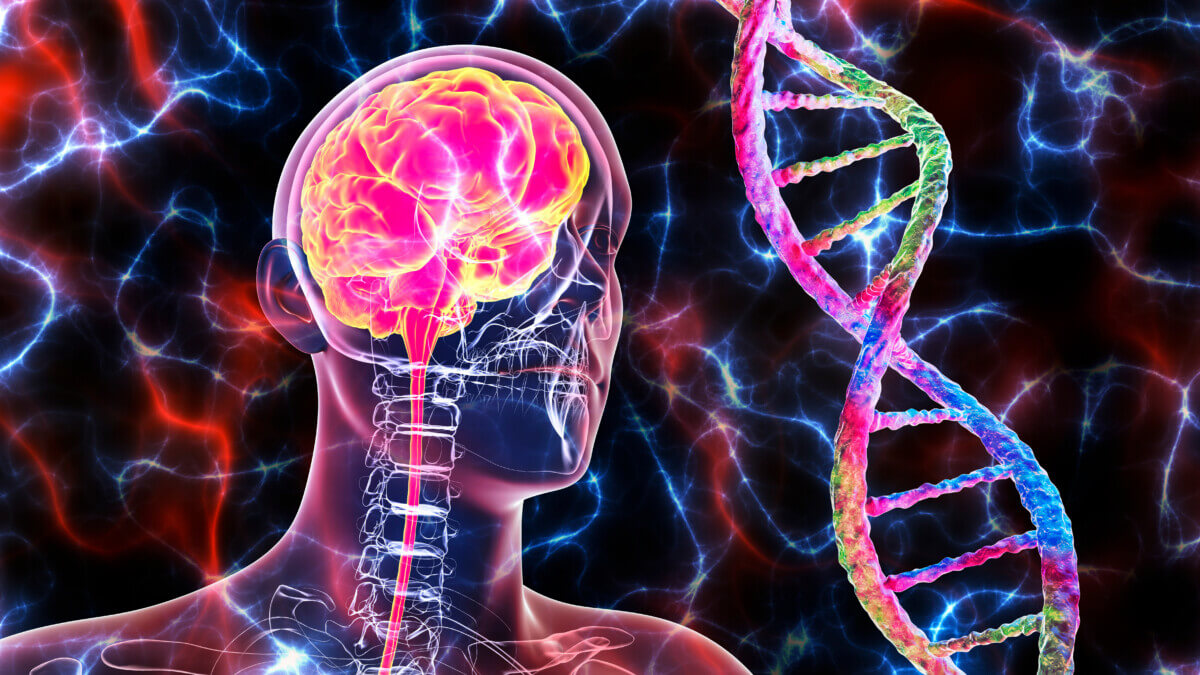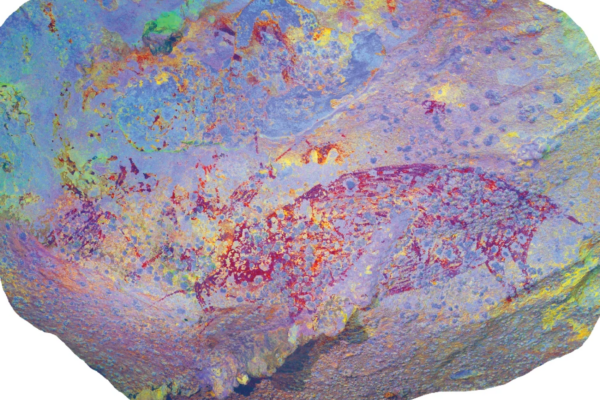
Genetic brain disorders (© Dr_Microbe - stock.adobe.com)
LONDON — Ancient remnants of viral infections are still floating around in the human genome. While this isn’t a shock to scientists studying our DNA, a new study is revealing for the first time that these viruses still have an impact on the brain, and many be contributing to modern-day psychiatric disorders.
According to a team at King’s College London, this ancient viral DNA contributes to a person’s vulnerability to conditions like schizophrenia, depression, and bipolar disorder.
The findings, in a nutshell
Published in the journal Nature Communications, researchers explain that about 8% of the human genome is made up of ancient viral fragments called Human Endogenous Retroviruses (HERVs). Although scientists used to think of these fossilized viruses as “junk DNA,” modern technology can now reveal where these viruses are located in our genome and how they’re expressed in the brain.
The new study discovered that specific HERVs expressed as DNA in the human brain appear to directly contribute to a person’s susceptibility to mental health problems.
The human genome is the complete set of genetic instructions or DNA present in nearly every cell of the human body. It contains around 20,000 to 25,000 genes, which are specific segments of DNA that carry instructions for making proteins – the building blocks of cells. These genes are arranged in a specific sequence along the DNA molecule, forming a genetic code that cells can read and interpret.
The human genome, consisting of approximately three billion base pairs (the building blocks of DNA), provides the blueprint for how our bodies are built and function. It is responsible for our inherited characteristics, physical traits, disease susceptibility, and even some behavioral traits.
How did scientists figure this out?
Researchers from the Institute of Psychiatry, Psychology & Neuroscience (IoPPN) at King’s College London examined genetic data from tens of thousands of people, both with and without mental health conditions. The team also analyzed 800 autopsies of patients’ brains to search for a link between psychiatric disorders and the expression of HERVs in each person’s DNA.
Most of the genetic risk variations linked to psychiatric disorders affected genes with well-known biological functions. However, the team also found some of these risk factors specifically affected how ancient viral DNA was expressed in the brain. Specifically, there were five HERV expression signatures linked to the onset of psychiatric disorders. Two of these have a link to the development of schizophrenia; one had a connection to both bipolar disorder and schizophrenia, and one specifically affected the risk of developing depression.

What do the researchers say?
“This study uses a novel and robust approach to assess how genetic susceptibility for psychiatric disorders imparts its effects on the expression of ancient viral sequences present in the modern human genome. Our results suggest that these viral sequences probably play a more important role in the human brain than originally thought, with specific HERV expression profiles being associated with an increased susceptibility for some psychiatric disorders,” says Dr. Timothy Powell, co-senior author of the study and a senior lecturer at the IoPPN, in a media release.
“We know that psychiatric disorders have a substantial genetic component, with many parts of the genome incrementally contributing to susceptibility. In our study, we were able to investigate parts of the genome corresponding to HERVs, which led to the identification of five sequences that are relevant to psychiatric disorders. Whilst it is not clear yet how these HERVs affect brain cells to confer this increase in risk, our findings suggest that their expression regulation is important for brain function,” adds Dr. Rodrigo Duarte, first author and a research fellow at the IoPPN.
“Further research is needed to understand the exact function of most HERVs, including those identified in our study. We think that a better understanding of these ancient viruses, and the known genes implicated in psychiatric disorders, have the potential to revolutionize mental health research and lead to novel ways to treat or diagnose these conditions,” concludes Dr. Douglas Nixon, a researcher at the Feinstein Institutes for Medical Research at Northwell Health.
The study received funding from the National Institute for Health and Care Research (NIHR) Maudsley Biomedical Research Centre (BRC) and the U.S. National Institutes of Health (NIH).










